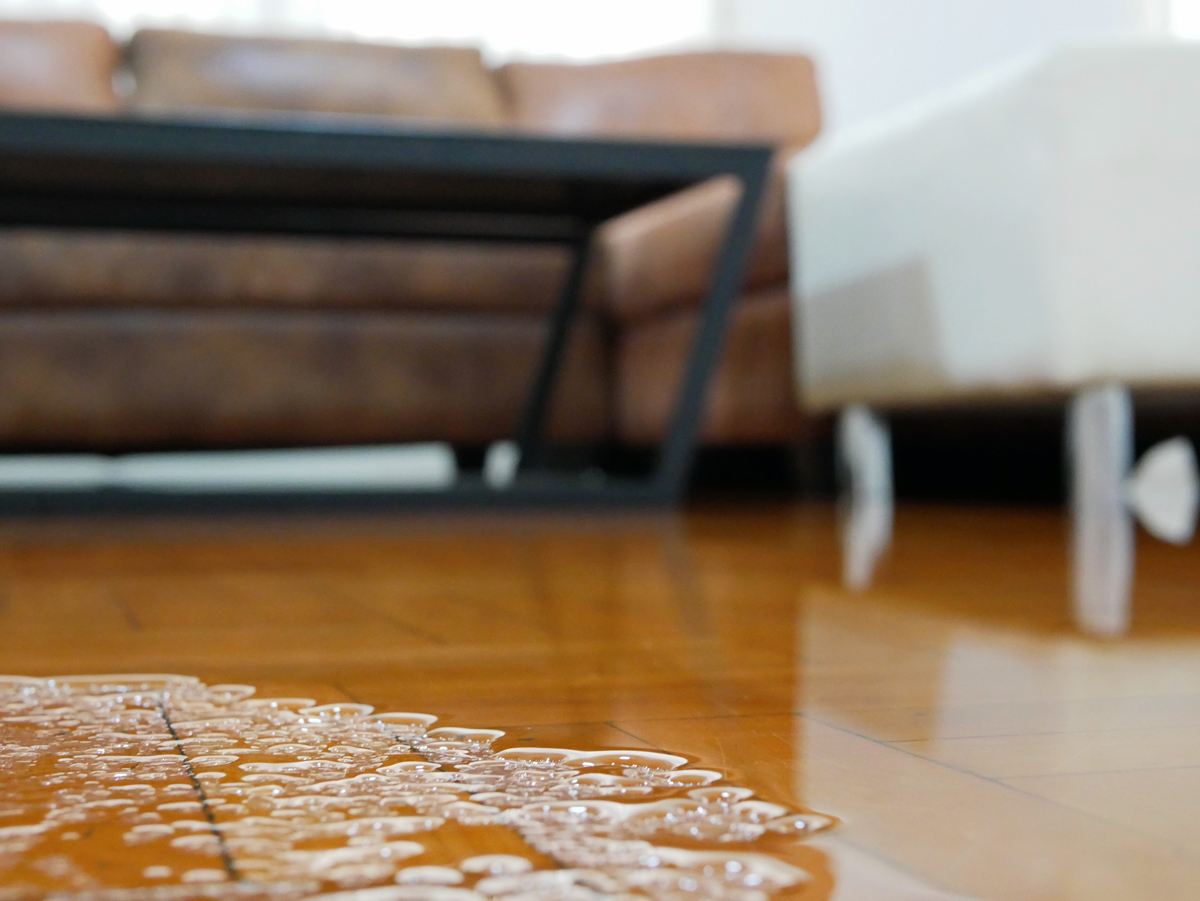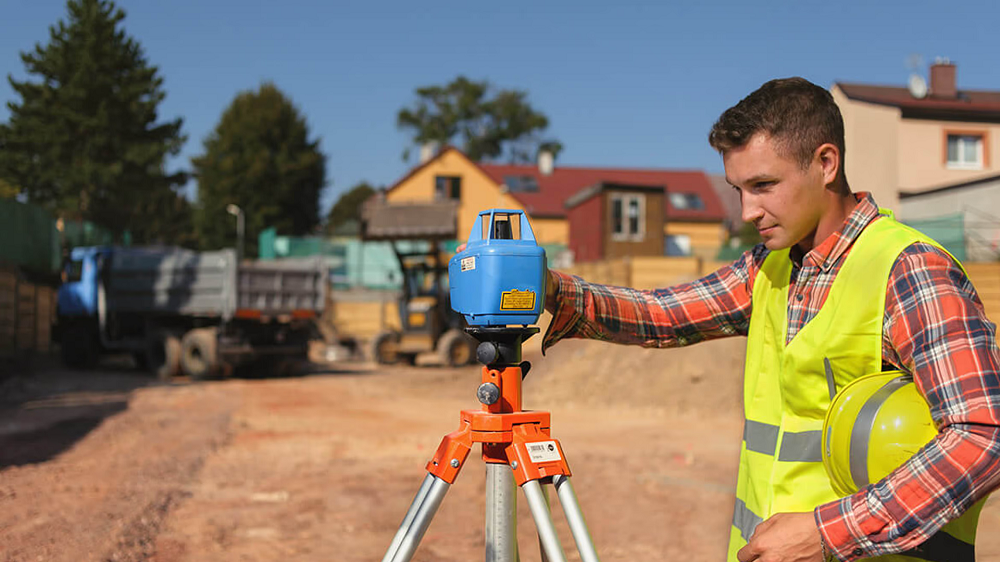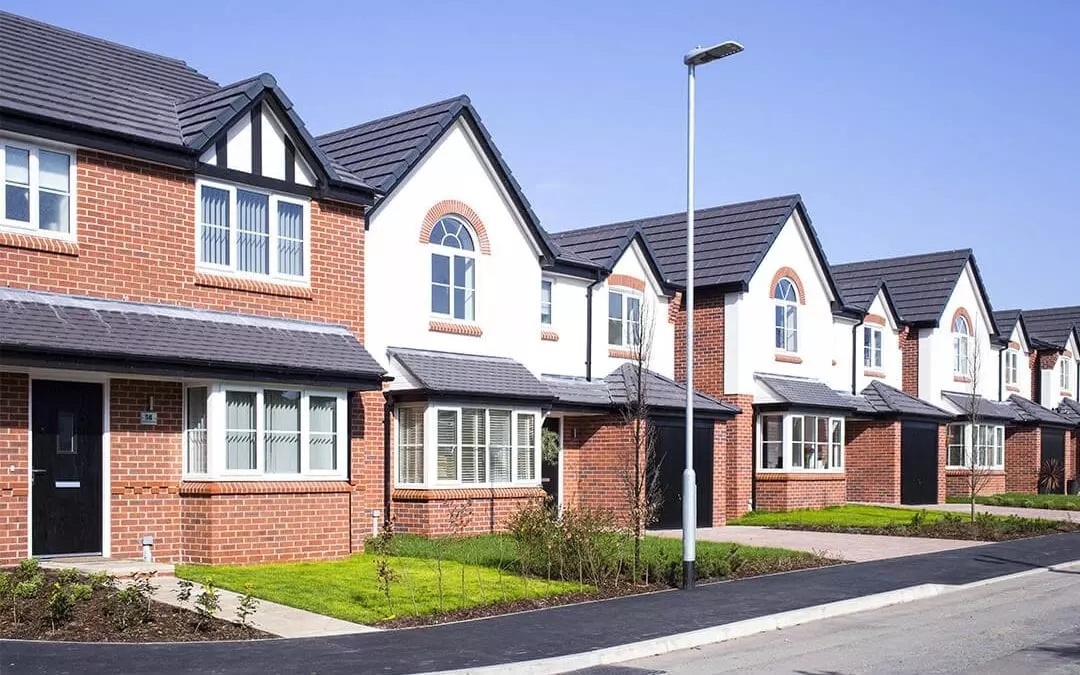Before diving into the restoration itself, we must first understand what makes smoke and water damage unique from one another. Though both introduce equally devastating contaminants, the type of contamination varies greatly. Smoke residue and soot left behind consist of extremely fine particulate that permeates deep into porous materials. It includes drywall, insulation, fabrics, wood, and more. Smoke particles also often contain harmful chemicals that pose respiratory hazards. The residues leave behind strong odors as well even after visible soot is gone.
Water damage conversely comes from excess moisture absorbed into materials, causing swelling, warping, erosion, and eventual mold growth. The water itself raised humidity levels initiating these deteriorating processes. Any contaminated flood water also raises health concerns, especially when sewage or chemical agents are involved. These differing damage mechanisms mean smoke and water restoration require tailored approaches to remediation. Cleaning methods designed to extract moisture provide little benefit in removing harmful smoke particulates. And drying out water-logged materials does not eliminate stubborn smoke odors left behind.
Unique smoke remediation methods
When restoring a smoked-damaged property, Florida mitigation teams focus on eliminating contaminants from all affected areas, not just superficial cleaning.
- Surface wiping – HEPA vacuuming followed by detailed wiping using chemical cleaners designed to bond with and capture smoke particles.
- Ozone shock treatment – Ozone gas applied at high concentrations oxidizes smoke odors, helping degrade stubborn smell molecules.
- Negative air machines – Powerful negative air pressure systems filter soot particles out of the air during cleaning to prevent spreading.
- Fogging – Aerosol-based deodorizing and sanitizing fog treatments further neutralize lingering smoke odors.
- Vent cleaning – Air ducts and HVAC components are inspected and cleaned to remove contamination.
- Materials removal – Severely infiltrated porous substrates like insulation are removed and replaced if smoke residues prove too difficult to eliminate.
Tailored water extraction and drying methods
In contrast to smoke remediation’s heavy emphasis on contaminant removal, Florida water damage restoration focuses much more on structural drying. The key priority involves bringing moisture levels back to normal pre-loss benchmarks across soaked building materials and furnishings. Rapid drying also aims to prevent secondary mold outbreaks in the state’s hot, humid climate. To achieve these objectives, common water mitigation techniques used by Florida contractors include:
- Water extraction – Combination of truck-mounted vacuum removal and mopping for initial bulk water.
- Desiccant dehumidifiers – High-powered industrial dehumidification equipment to control humidity.
- Air movers – Strategically placed drying fans circulate air, accelerating evaporation.
- Thermal Enhancement – Heating equipment warms areas to speed evaporation rates when needed.
- Duct cleaning – Removal of moisture contamination from HVAC system components if intake was flooded.
- Dry ice blasting – Water-sensitive electronics and appliances get dried quickly using carbon dioxide ice without corrosion risks.
- Anti-microbial fogging – Once drying benchmarks are achieved, disinfecting fog helps counter the spread of mold.
Right provider for the job
Given these very different restoration requirements for smoke vs water disasters, it is crucial for Florida property owners to choose Damage Control-911 service providers appropriately matched to their specific damage situation. Competently performing one type of restoration work does not necessarily qualify a contractor to take on the other. The most reputable firms convey services for smoke, water, or both damage types. It lets customers readily evaluate qualifications relevant to their unique needs. Checking credentials certifications in Water Damage Restoration and Applied Structural Drying provides further assurance of a company’s expertise with extensively water-soaked projects.






